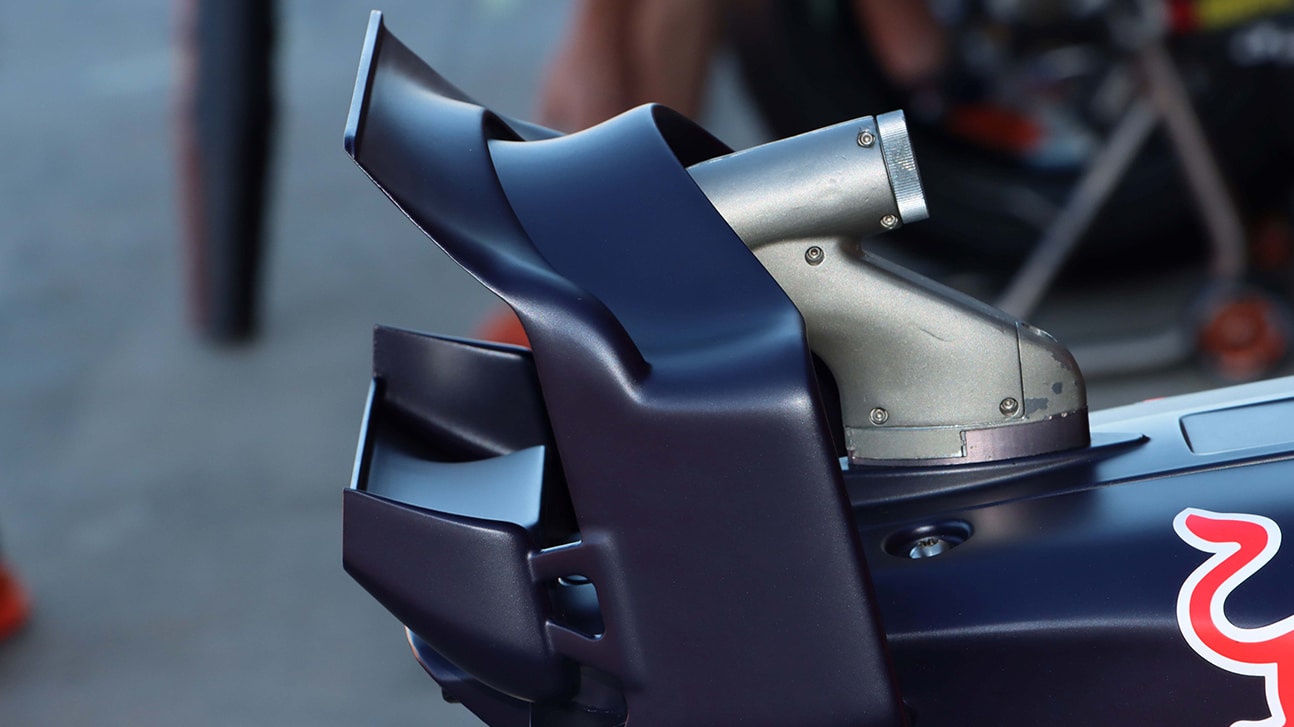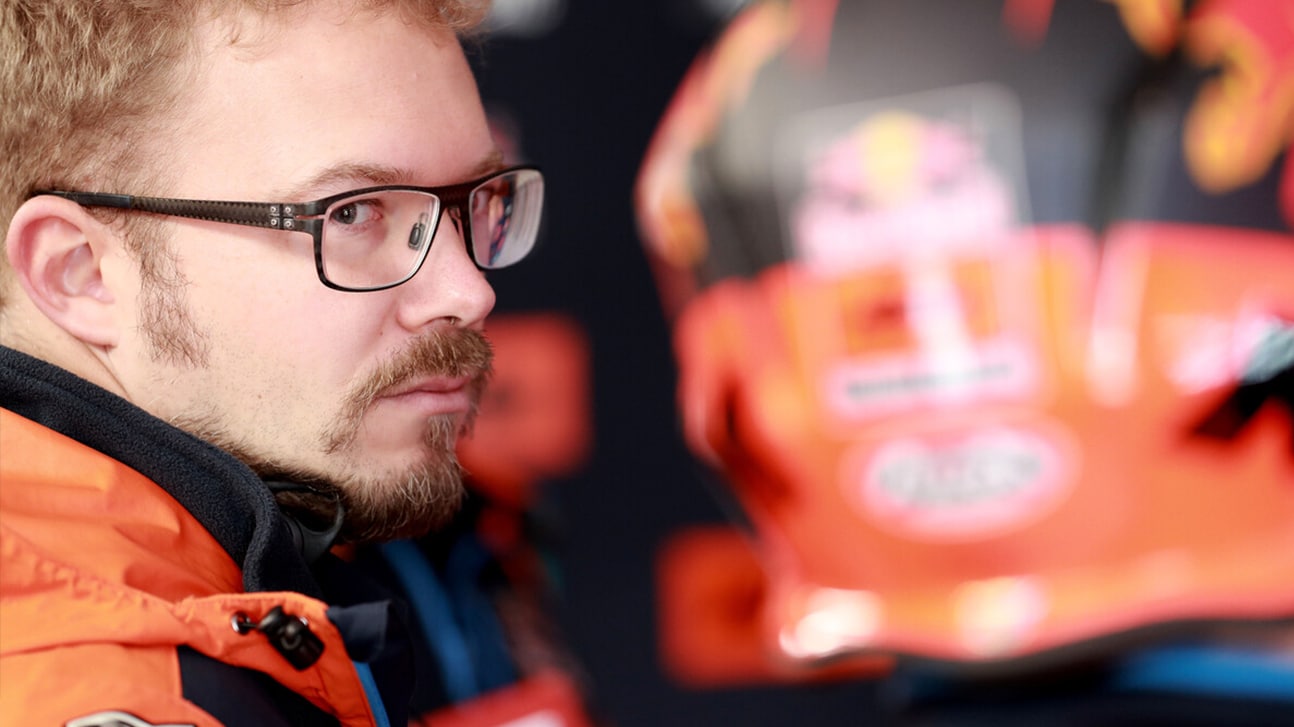Last September KTM introduced a carbon-fibre frame, which immediately gave the RC16 the most important thing of all: more grip.
There are many important advantages to using carbon fibre in racing. It’s lighter and stronger than steel and aluminium. Increased chassis rigidity allows the suspension to do a better job, which allows the tyres to follow the road better, which increases grip.
Carbon fibre also allows engineers to fine-tune chassis rigidity, by using different fibre weaves and laying them up in different ways.
And there’s another important plus to carbon fibre, which MotoGP engineers don’t talk about – carbon-fibre chassis components can actually understand themselves.
When engineers lay up a carbon-fibre frame they can lay electrical-conducting plastic fibres within the fibres and weaves to provide data that reveals exactly what kind of forces – bending, twisting and so on – each part is undergoing during every second of every lap. Thus carbon-fibre chassis could revolutionise knowledge of frame behaviour.
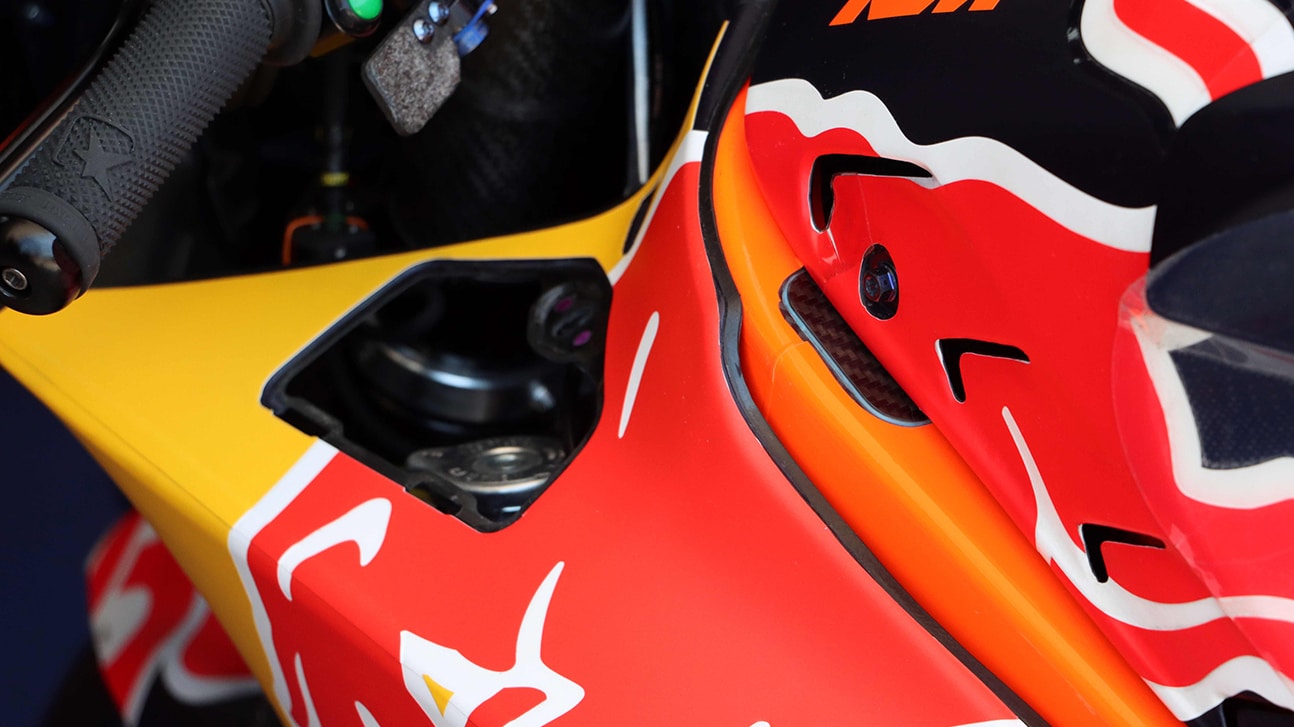
KTM introduced its carbon-fibre frame at Misano last September – only the small window in the orange cover reveals that this frame is carbon, not steel
Oxley
For all these reasons – and probably more – KTM is convinced that its rivals will soon switch from aluminium to carbon chassis. Aprilia has already started this process.
I spoke to KTM’s MotoGP technical manager Sebastian Risse at the end of last season to get the inside line on the RC16’s immediate past and future…
Oxley: You go into 2024 after making a big jump forward last season…
Risse: That was mainly a jump forward in consistency, which was our target. Consistency and qualifying positions were our targets and that’s what we saw.
What made that happen?
Working on how we can use the grip – how usable is the grip that we are producing? We worked on this in many different ways, from the engine, through the drivetrain, through chassis stiffness.
On top of this we worked on the electronics, especially with Jack coming into the team, because he came from a background where he was managing the bike a lot on his own, so with less resistance from the electronics. First, we tried to introduce this philosophy to help Jack. And second, because we believe it’s the correct approach and now we have a rider [Binder] that realised this and then we transferred this philosophy to our other riders.
What were the big positives of the 2023 RC16?
It allowed us to use the grip in a better way, which also helped us to improve our qualifying positions. In general it was rear grip, but not only on corner exit, also in entry.
In 2022 we had the impression that we could not use the extra grip we got from a new tyre, which is why we struggled in qualifying and over a single lap, so this was our target: to sacrifice something in ultimate grip to make the extra grip you get from the tyre more useable. [This fits with my recent blog about Wayne Rainey and Kevin Schwantz going faster with less grip in 1991.]
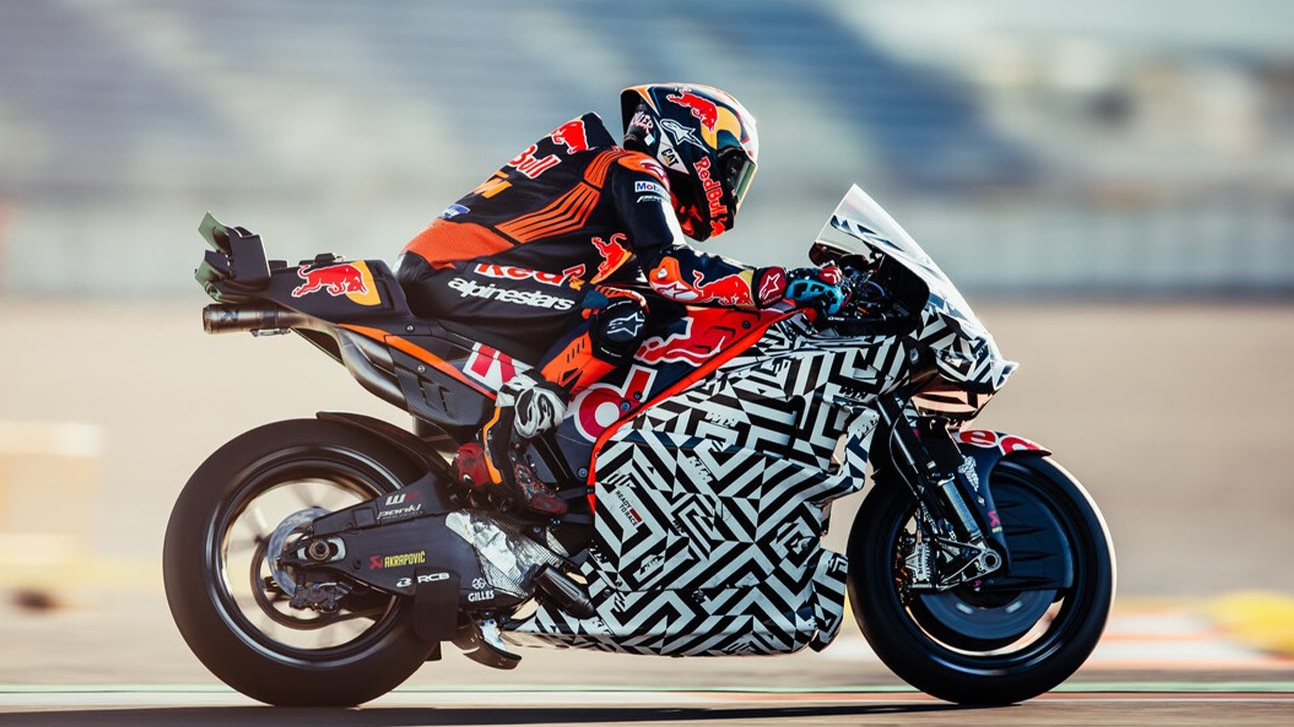
Jack Miller tests KTM’s latest aerodynamics following the season-ending Valencia GP. The confusion camouflage hides the details
Red Bull
How do you sacrifice ultimate grip to make the tyre more useable?
I cannot tell you this, sorry! It’s not one answer, it’s complex. It was a lot of work on many aspects.
Now you’re pretty much there with the Ducati, but you obviously need another step, so what’s your focus for 2024?
Yes, I’d say we are kind of there. We are now playing the same game as the others.
“For the riders it’s clear that the frame mainly improves grip, in entry and on exit”
Before last season you sometimes saw the others fall out of their working windows at one track where we jumped into our working window and we had a brilliant weekend. But you cannot rely on this, so now we are more similar to our competitors, in the character of when our bike is working and how it’s working. Now it’s all details to raise that level, so you see that we don’t have these brilliant and dominating weekends anymore, but of course we want both.
You’ve now entered a new world with a carbon-fibre frame, so where does the frame make a difference – in drive grip or on the edge of the tyre?
You have to separate it a bit. One factor is the job of introducing a certain technology and materials.
The other is in the detail of this particular frame. Of course when you introduce this new thing you get both. Our first carbon frame was already the best frame we’ve found so far in this new generation [since KTM moved way from its original steel trellis design at the end of 2019] and for the riders it’s clear that the frame mainly improves grip, in entry and on exit.
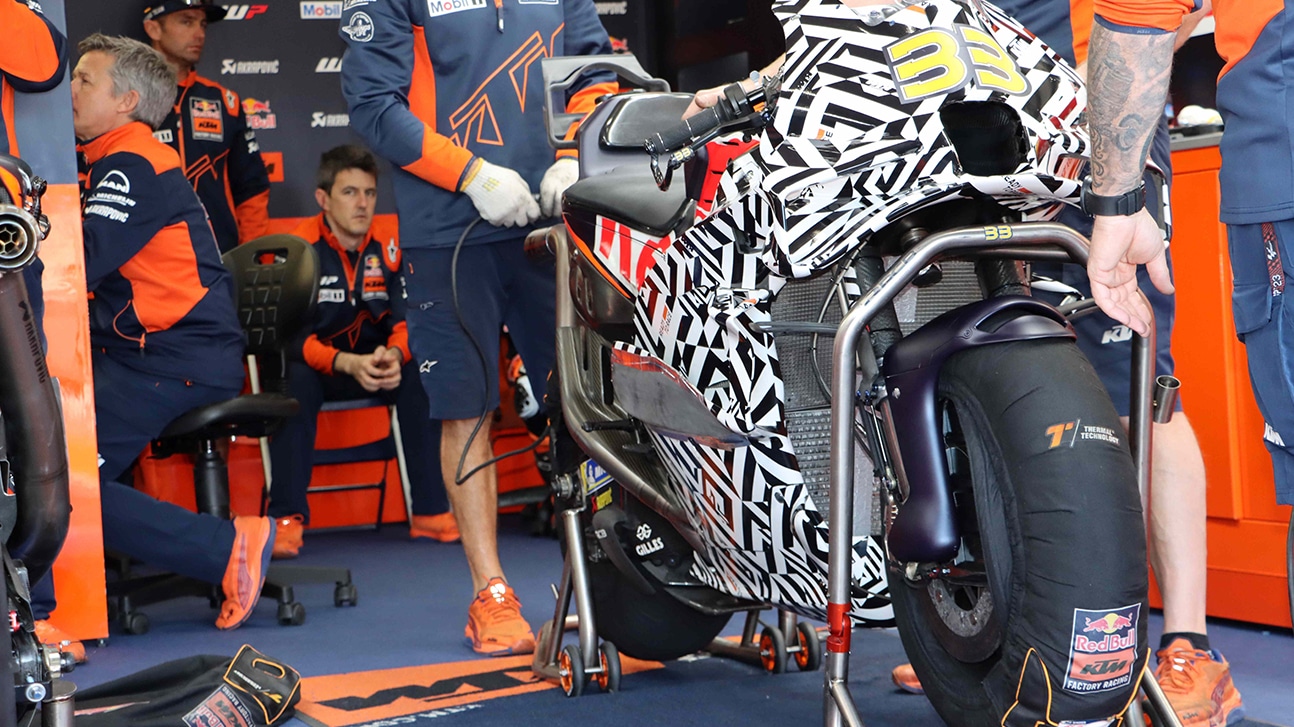
KTM’s latest fairing, tried during November’s Valencia tests, aims to increase ground-effect grip with a larger flat surface above the racetrack
Oxley
Is that down to more torsional stiffness?
You cannot put it down to one number like that. Of course you have the static numbers, but also you have the dynamic behaviour, the difference in weight and the changes in weight distribution because of this.
I heard the carbon frame is two kilos lighter.
It’s quite a step lighter.
I can see how the frame helps out of corners, because it allows the suspension to do a better job once the rider picks up the bike, so is it the same on the way into corners?
Yes, exactly. It’s rear contact [tyre-to-track] and when you improve rear grip on entry the rider gets more help from the rear tyre, so he can rely more on it. He can use the rear brake more if he needs to, to rebalance the bike and so on.



